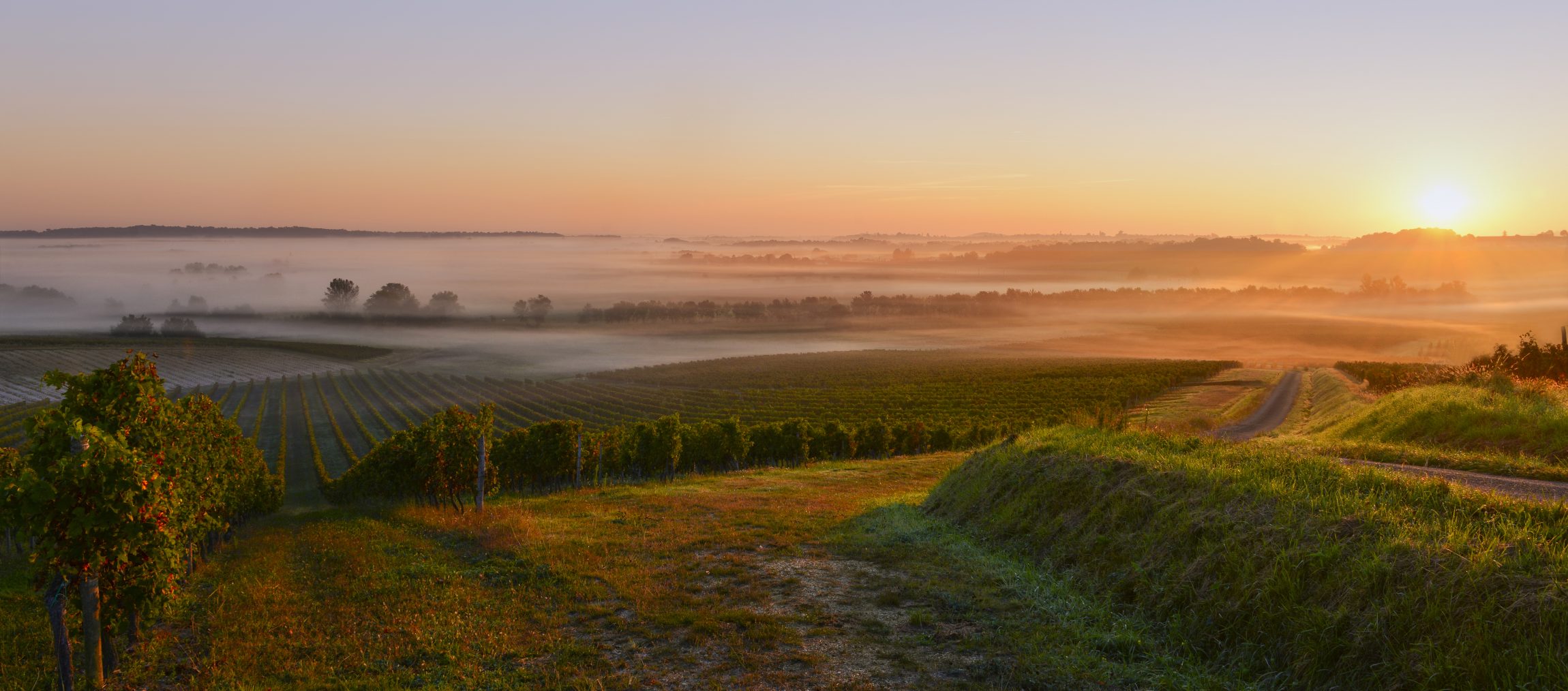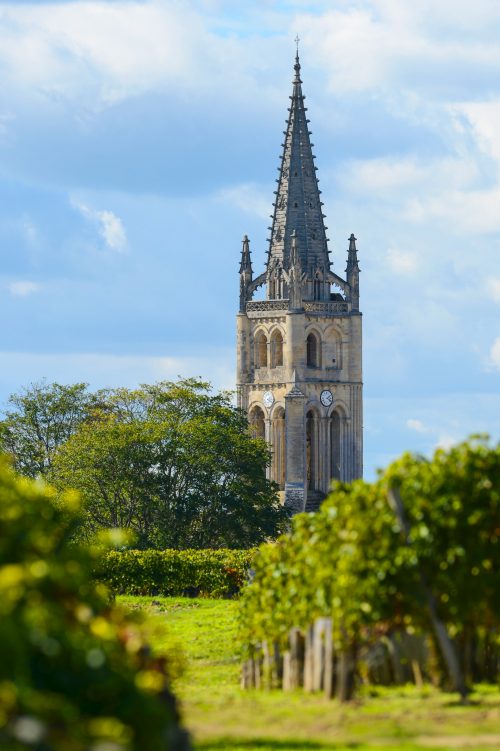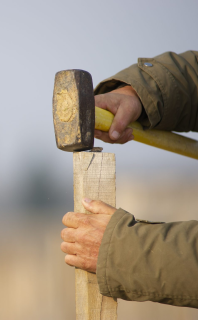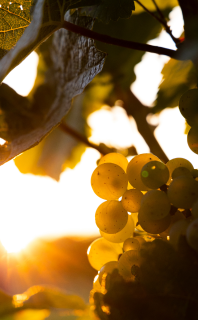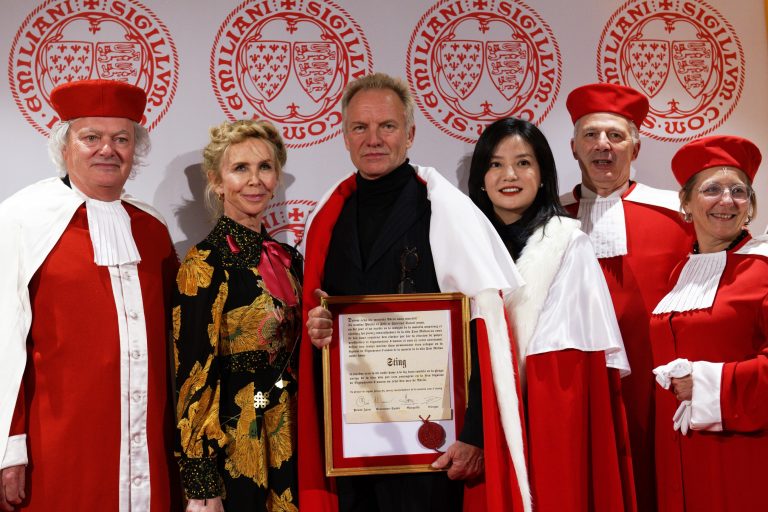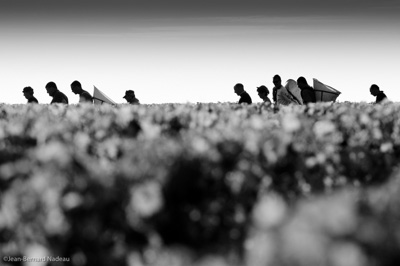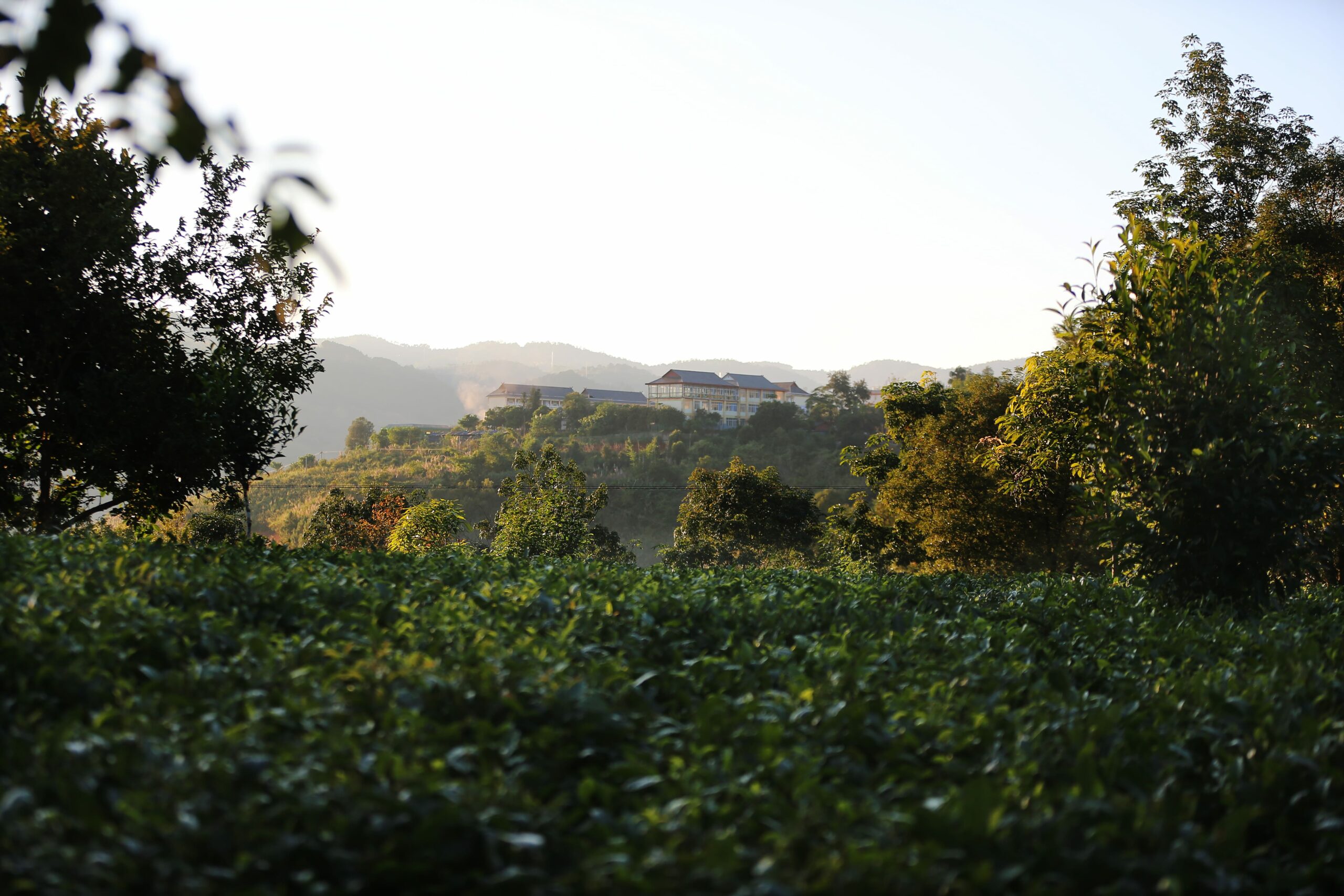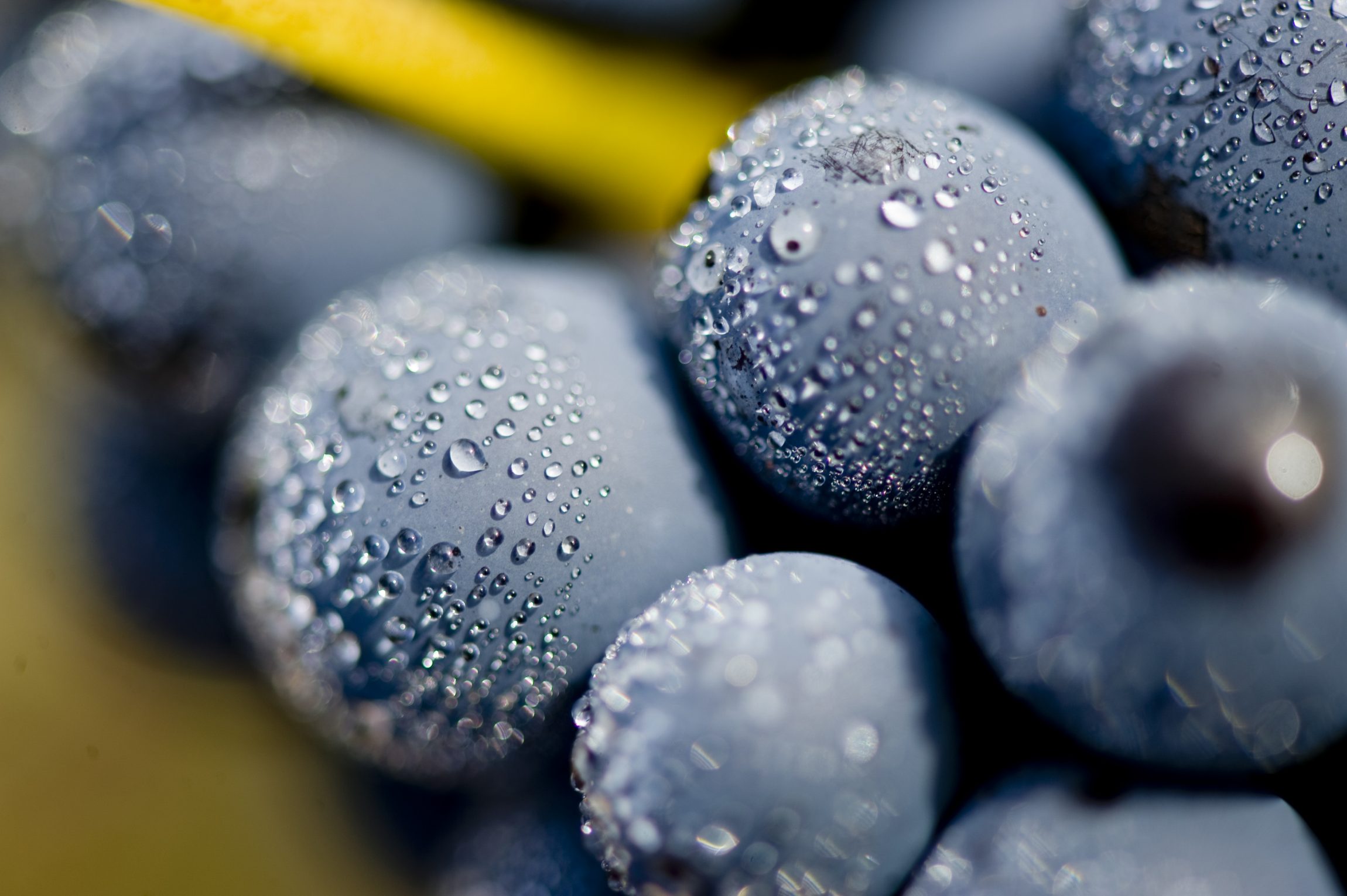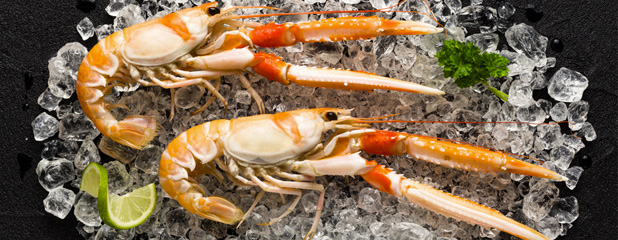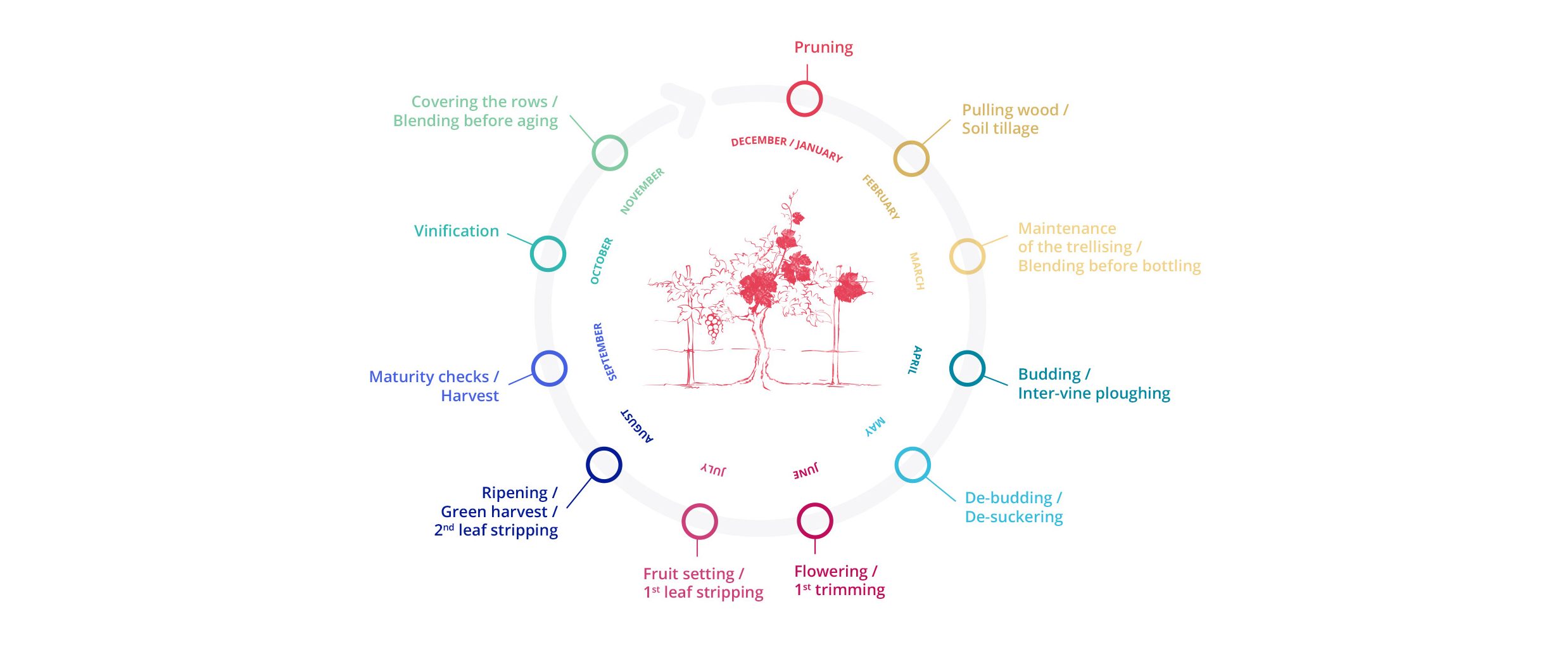From mid-November onwards, the leaves start to fall and the vines become dormant. At this point, pruning the vines is an important operation to obtain balanced growth of grapes the following year.
The objective of the operation is threefold:
To impart shape to the trunk and limit growth in length.
To restrict the number of buds and thereby ensure grape quality.
To regulate the number and volume of next year’s grape bunches, so that proper ripening can take place and to ensure a good harvest.


